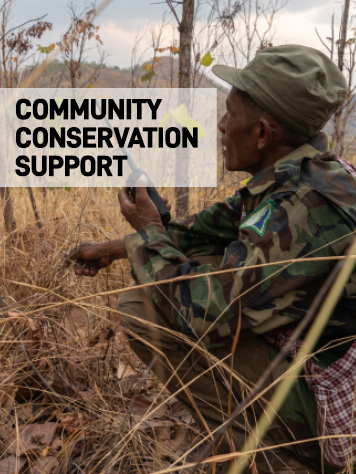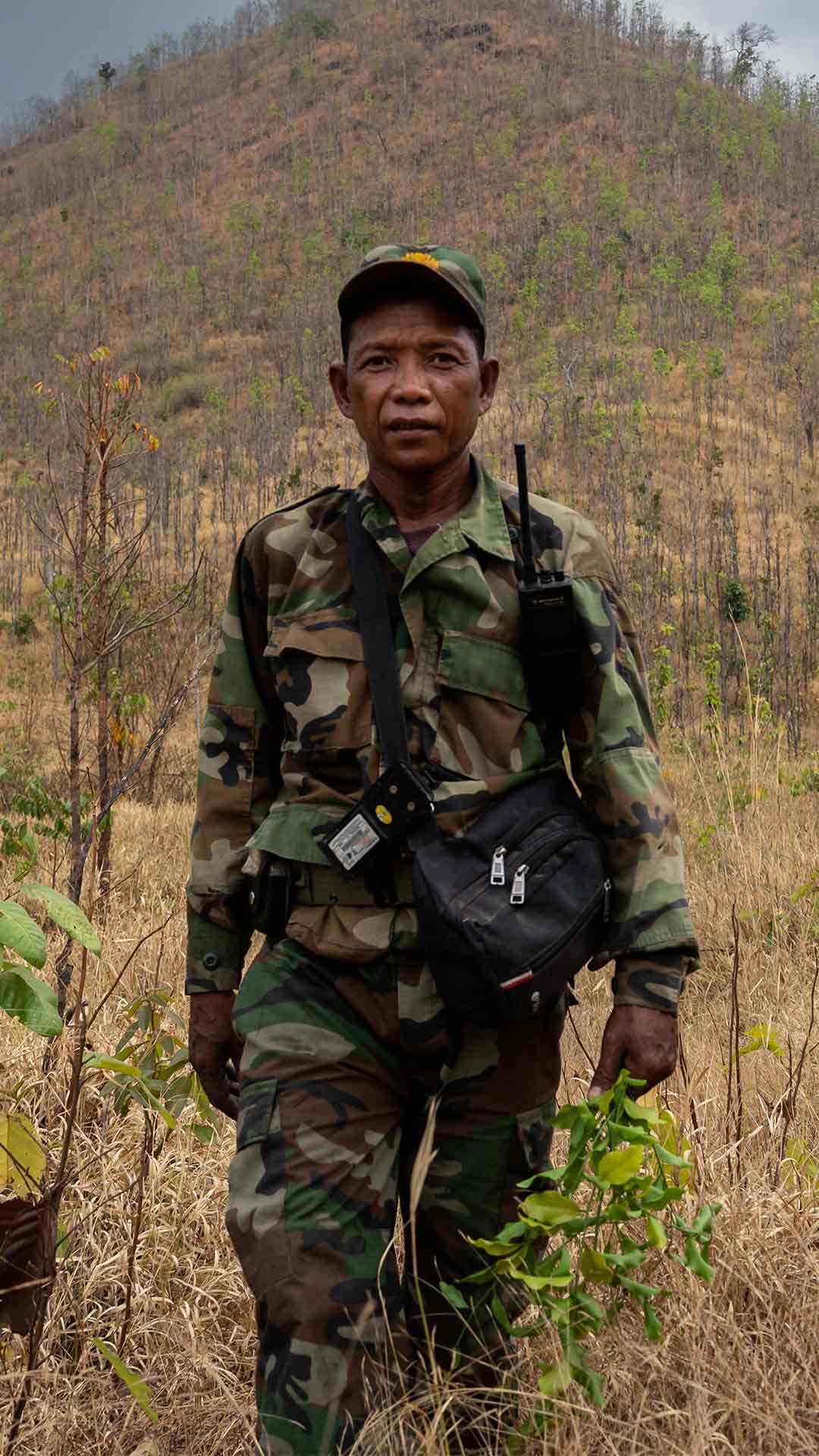*The Forestry Administration (FA) is the Government entity responsible for 1) managing the PTPF; 2) enforcing wildlife laws on all state-owned unprotected forest land
*The Forestry Administration (FA) is the Government entity responsible for 1) managing the PTPF; 2) enforcing wildlife laws on all state-owned unprotected forest land
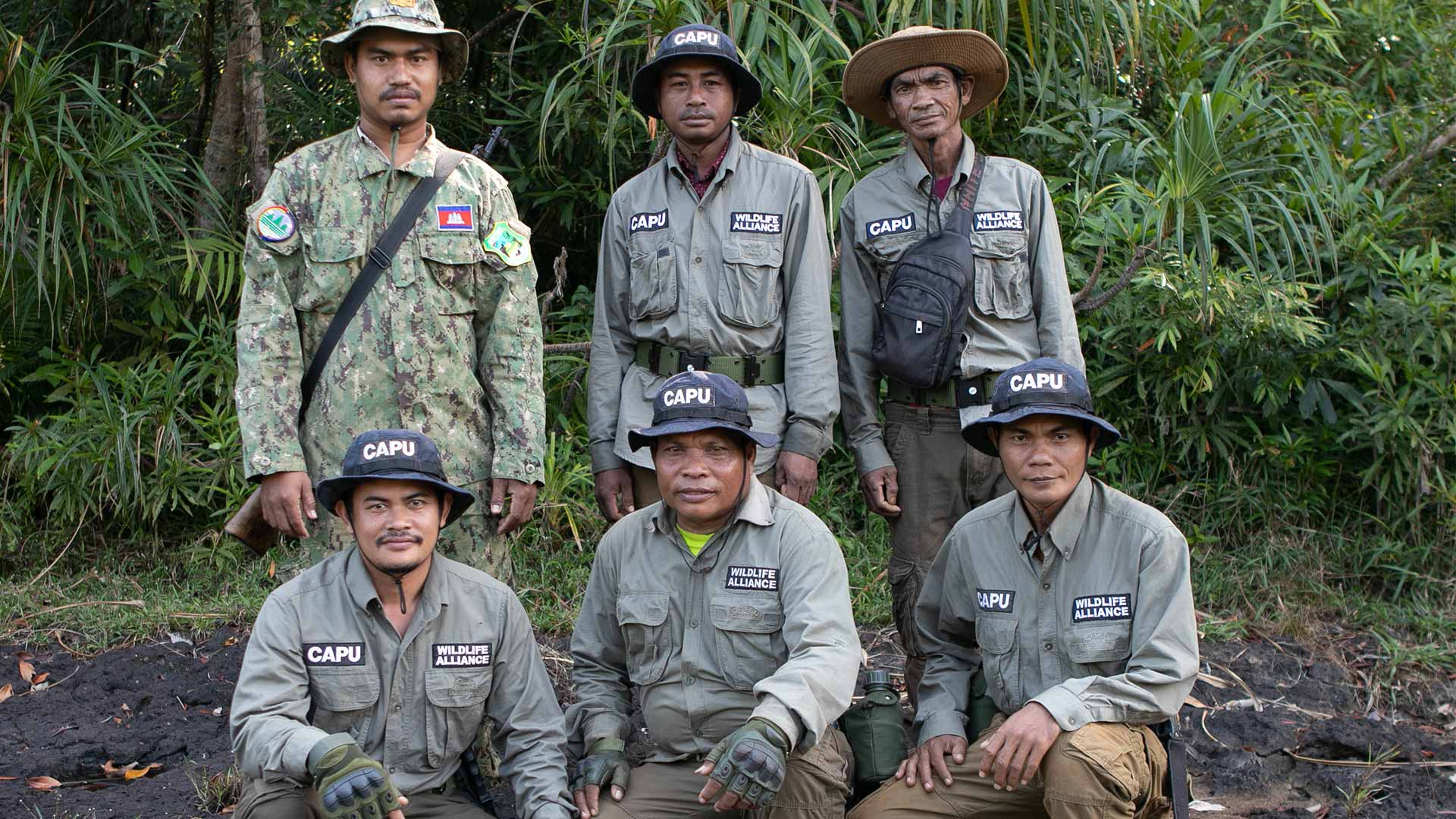
Chi Phat CAPU
Chi Phat in the southwestern Cardamoms is home to a few thousand people – and a multitude of wildlife. For decades, the village was a hub for logging and poaching. But in 2007, Chi Phat was reborn. With our support, the village transformed into a nature lover’s paradise through its establishment as a Community Based Ecotourism (CBET) site.

Chi Phat CAPU
Chi Phat in the southwestern Cardamoms is home to a few thousand people – and a multitude of wildlife. For decades, the village was a hub for logging and poaching. But in 2007, Chi Phat was reborn. With our support, the village transformed into a nature lover’s paradise through its establishment as a Community Based Ecotourism (CBET) site.
Phnom Tamao Protected Forest (PTPF) CAPU
Wildlife Alliance rescues animals from the illegal wildlife trade, and brings them to Phnom Tamao Wildlife Rescue Centre (PTWRC) where they are rehabilitated and, where possible, released.
Set in over 2,000 hectares of forest, PTWRC is fortunate enough to be able to release animals in our backyard, thanks to Phnom Tamao Protected Forest (PTPF) CAPU patrolling the area.
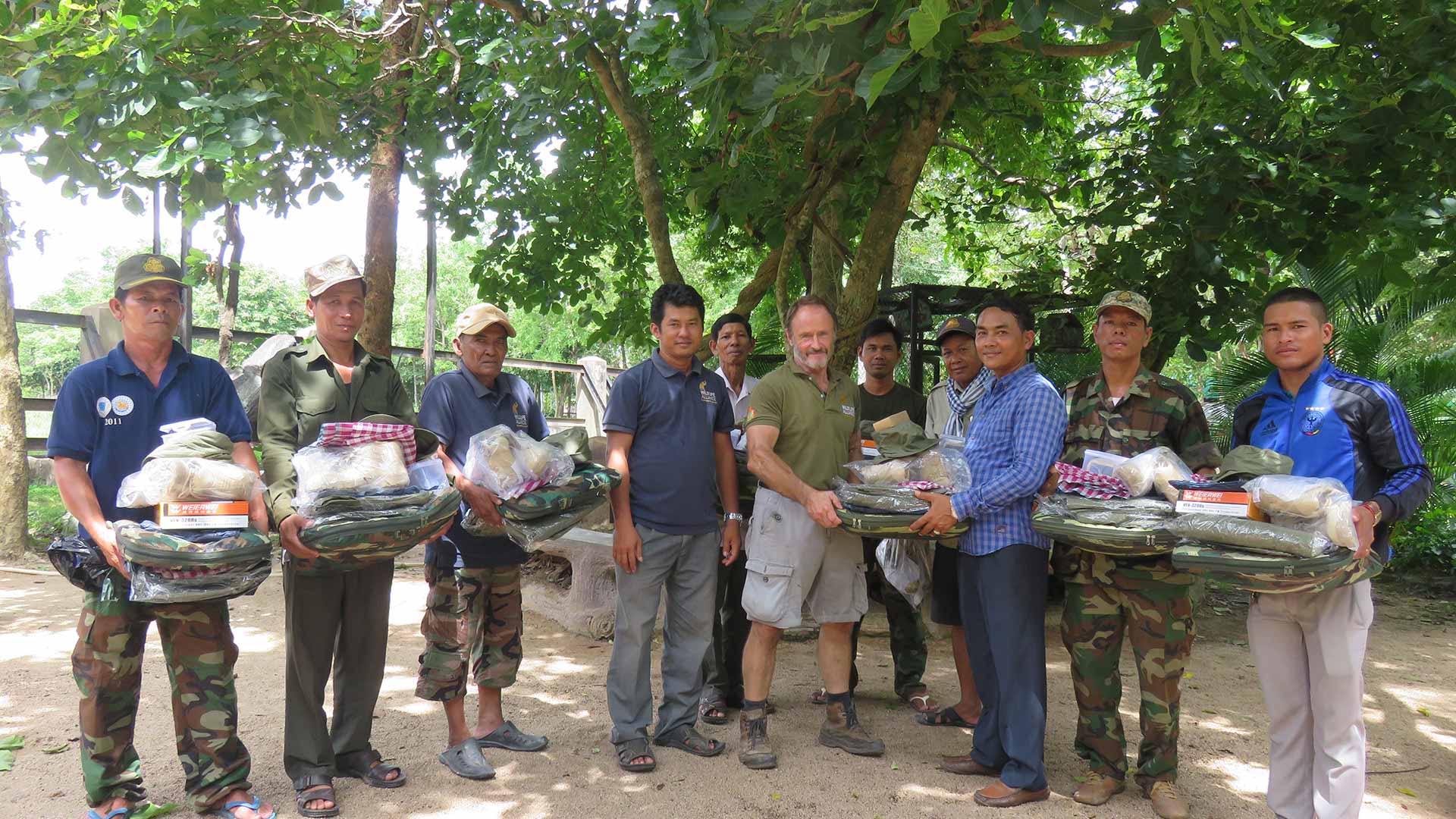

Phnom Tamao Protected Forest (PTPF) CAPU
Wildlife Alliance rescues animals from the illegal wildlife trade, and brings them to Phnom Tamao Wildlife Rescue Centre (PTWRC) where they are rehabilitated and, where possible, released.
Set in over 2,000 hectares of forest, PTWRC is fortunate enough to be able to release animals in our backyard, thanks to Phnom Tamao Protected Forest (PTPF) CAPU patrolling the area.
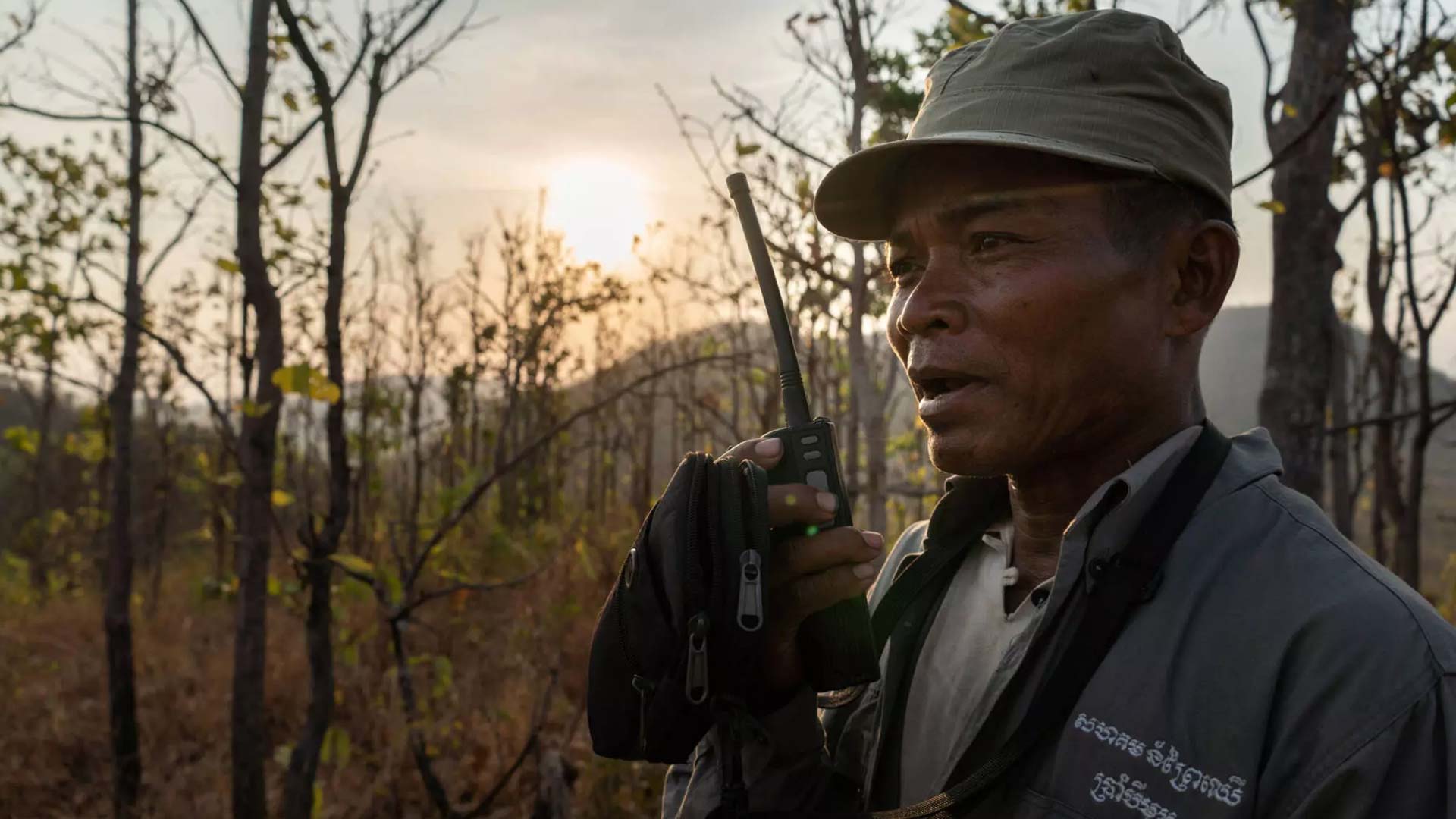
Kampong Speu CAPU
The first CAPU team was established to safeguard a highly threatened species of wild cattle, banteng. The latest IUCN Red List assessment, puts the global population of banteng at around 8,000, of which over half are concentrated in eastern Cambodia.
Kampong Speu CAPU
The first CAPU team was established to safeguard a highly threatened species of wild cattle, banteng. The latest IUCN Red List assessment, puts the global population of banteng at around 8,000, of which over half are concentrated in eastern Cambodia.

Rukhavorn CCS Site
In the northeast corner of Cambodia is Oddar Meanchey province where another revered monk, Bun Saluth is leading conservation efforts. The forest covers a large area in excess of 30,000 hectares and is home to Endangered species, including bears, green peafowl, Eld’s deer, banteng.
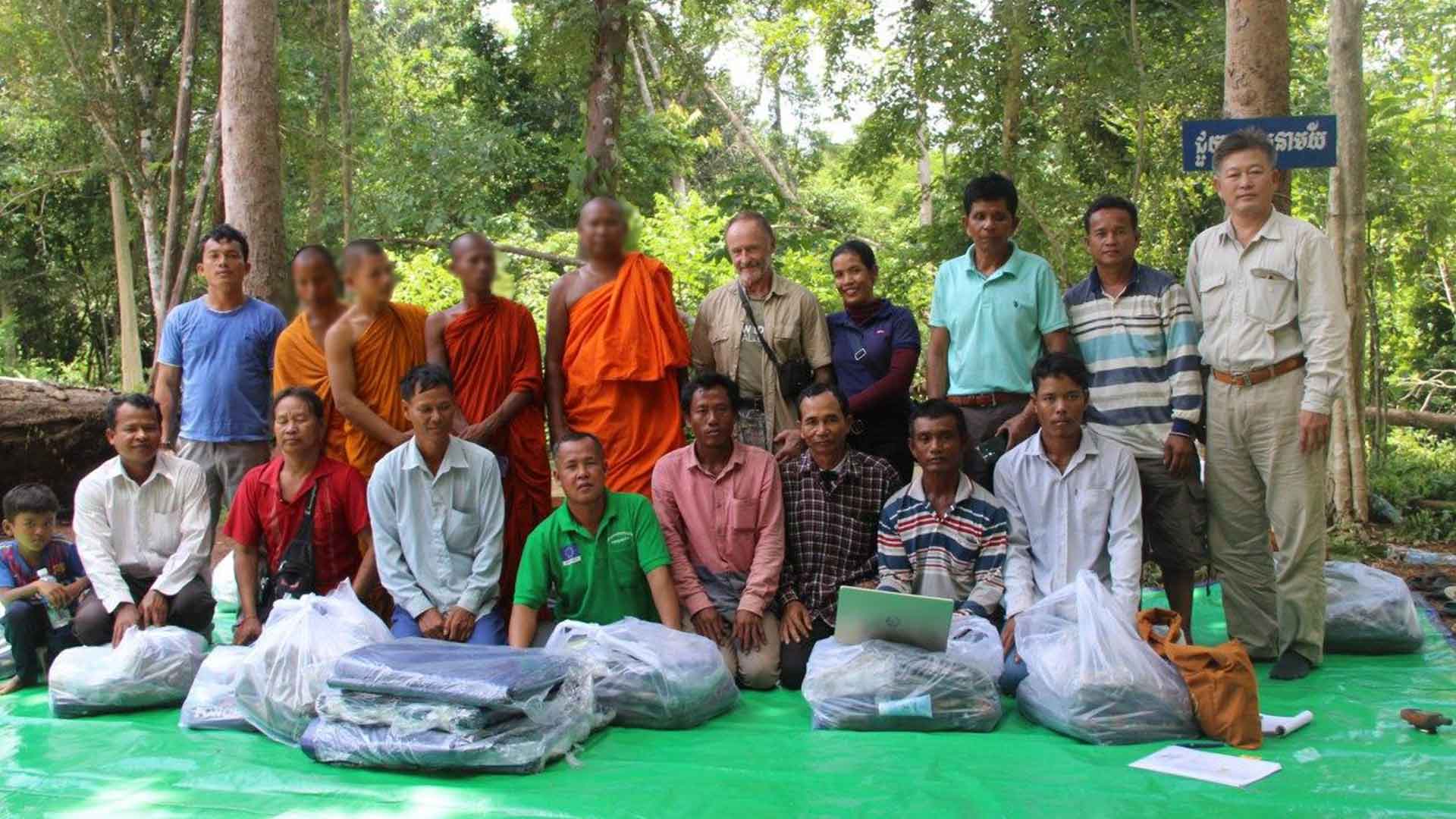

Rukhavorn CCS Site
In the northeast corner of Cambodia is Oddar Meanchey province where another revered monk, Bun Saluth is leading conservation efforts. The forest covers a large area in excess of 30,000 hectares and is home to Endangered species, including bears, green peafowl, Eld’s deer, banteng.

